- Home
- Succulents
- Euphorbia
- Euphorbia susannae
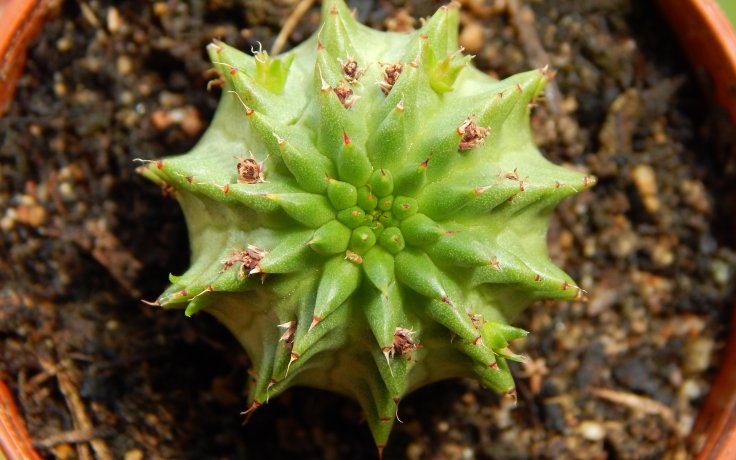
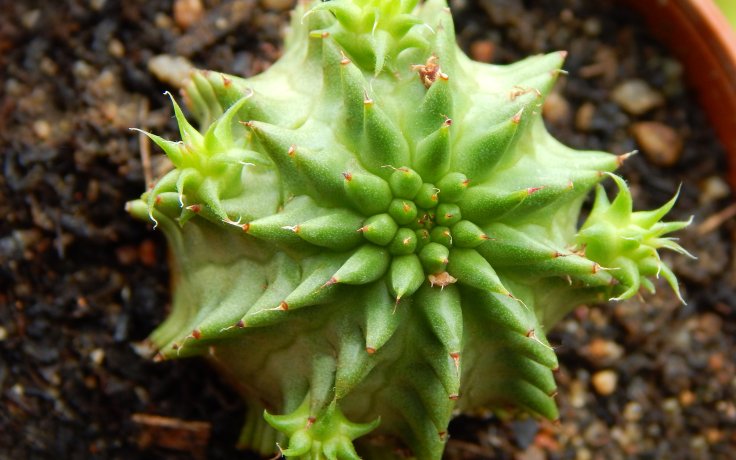
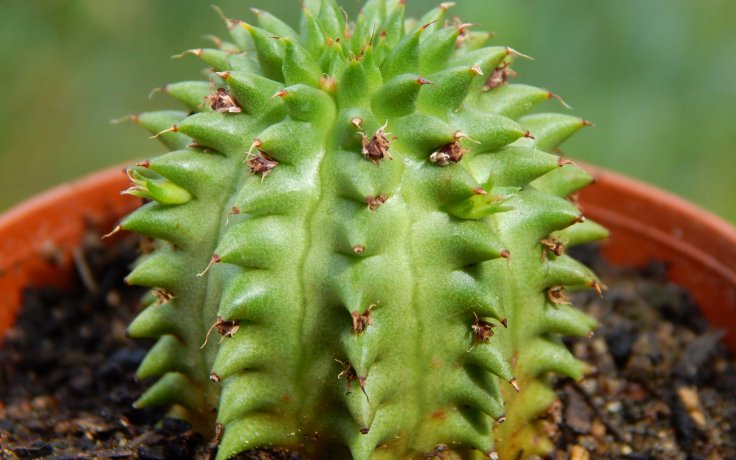
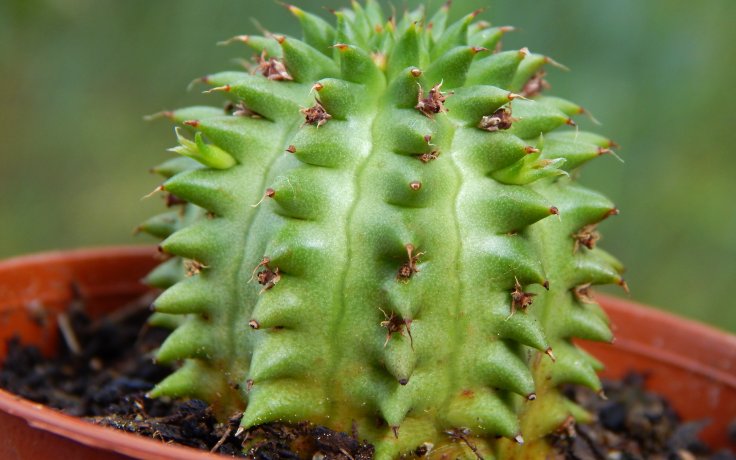
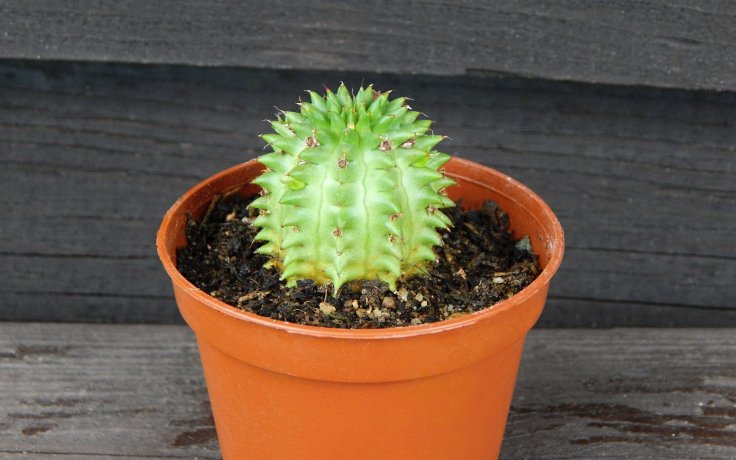
Euphorbia susannae
Ideally placed in partial shade.
Always water a few days after the substrate has dried out. Reduce watering in winter and water about once a month.
It can tolerate -3.9 °C in the short term. However, the plant is not hardy.
The succulent has prominent ribs - rows of growths on the body of the plant. These serve to spread out and refract excessive sunlight, and this feature helps it fight off the rays.
Euphorbia susannae, also known as Suzanne's Spurge, is a fascinating succulent plant native to South Africa. It grows in carroidal shrubs on gentle slopes, often on quartz surfaces. Its range is restricted to a few not too distant but isolated localities.
This plant is characterised by its plump stems, which turn green but turn brown in intense light. The body of the plant is divided by numerous ribs, formed by rows of outgrowths. In nature they apparently serve to break up the sun's rays, similar to the glabrous hairs of other succulents. Euphorbia susannae can grow quite large due to the many rhizomes that soon fill the entire circumference of the originally solitary plant body. Over time, the plant forms a solid clump up to 10 cm tall and up to 30 cm across.
The flowers are called cyathia and consist of a cup with five lobes and tiny flowers in the middle. They appear in autumn or spring. Plants of both sexes are required to produce seeds.
When growing Euphorbia susannae, care must be taken to avoid direct sun, which can burn it, especially in spring. It is also important to note that this plant contains latex, which must be handled with care. When the rubber comes into contact with the skin, wash the skin with soap and water. During the growing season, the plant can be fertilised with cactus and succulent fertiliser. The beauty of the plant lies not only in the details of the body, but over time also in the ornamental rhizomes or flowers of the cyathium. The cactus-like appearance captivates the grower at first sight.